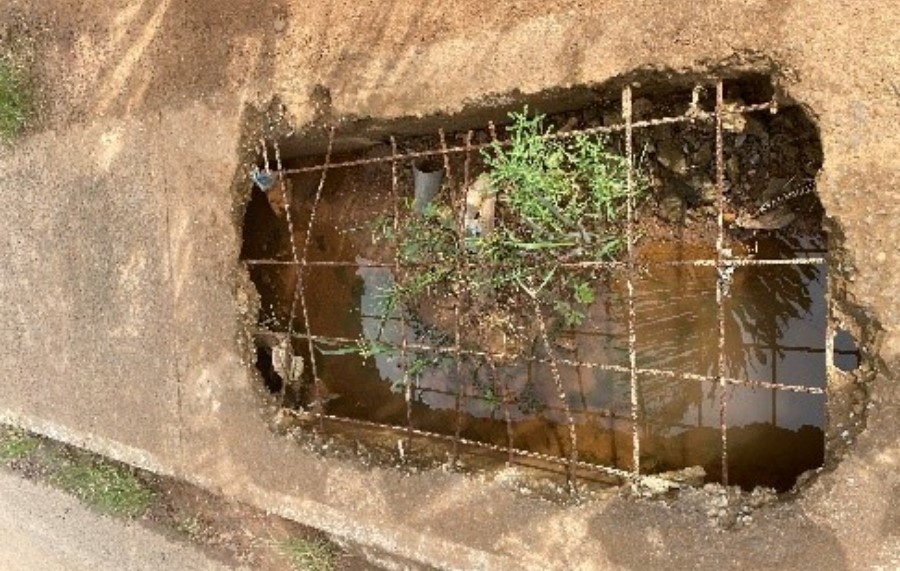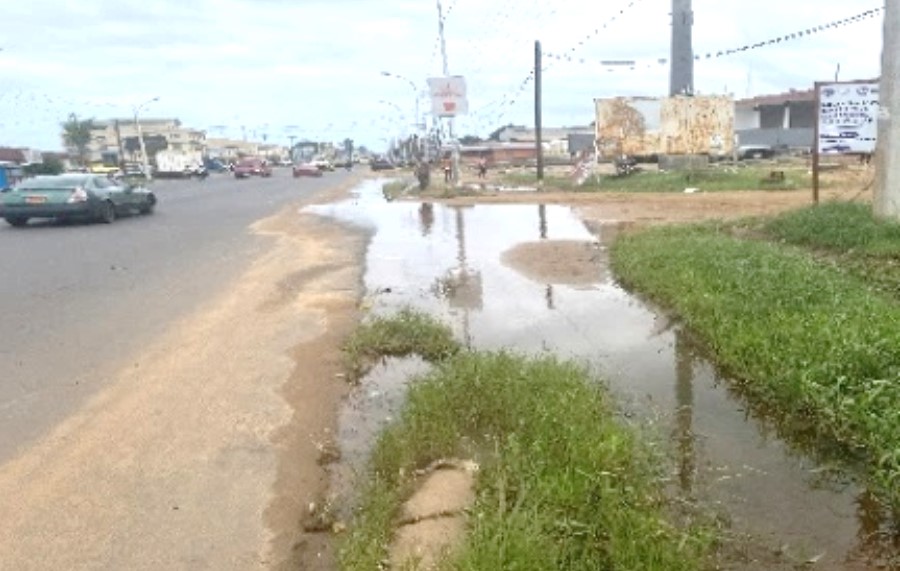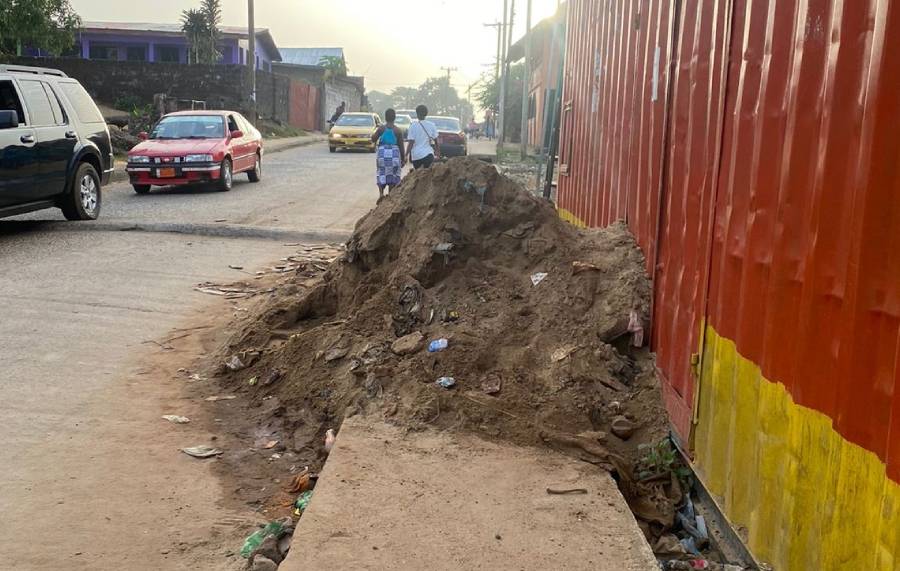Making Monrovia Walkable
Walking along a paved road without much obstacles is a pleasant experience.
Many Citizens in developed countries often have this experience on a daily basis, especially in well-structured communities. The fresh air and clean environment of the streets
they walked make them feel a sense of peace and security. This environment comes with a lot of benefits, most importantly, it gives its users an inclusive experience while contributing
to exercise and recreation. It is one that allows a person to appreciate the surroundings without constant reminder of a hazard lurking.
Even though walking has a lot of benefits, and it’s been trumpeted as an active mobility means in undeveloped countries, its benefits go beyond exercise and recreation. It’s economical
in the removal or reduction of fares for short distance travelers. But most importantly, it fulfills the task of completing the last mile to your destination. It provides more freedom to
pedestrians, giving them full control of their navigation which people in developed countries relish, hence, when to stop or continue.
However, walking in developing countries is not as pleasant, recreational or secure compared to developed or well-structured communities in the West. Monrovia, stands as a peculiar case
of insecurity for people. On an evening, walking the streets of Monrovia will not give you such a pleasant experience because of the hazards making it difficult for pedestrians to navigate safely.
Walking along a road that does not have paved sidewalks and signage can be a challenging and unpredictable experience. The streets of Monrovia pose a heavy threat to the safety of pedestrians because
of the lack of so many road infrastructures; signage, potholes, clutched sewages and street lights which are of importance to the road we navigate

- Lack of Street Lights- Pedestrians find it difficult to navigate their way at night when walking along the streets of Monrovia. Pedestrians have to be constantly on the lookout to avoid potential hazards. The lack of streetlights forces them to depend on their instincts on which route to take to be safe, it makes it difficult for pedestrians to see the road ahead and as such this causes them to get in harms-way making them vulnerable to accidents. According to the recent survey done on the road in Monrovia, out of 1300km of paved road, only approximately 40km have streetlights which is about 3% of the road network within Monrovia.

- Potholes on the road- The potholes on the streets of Monrovia can impede the mobility of individuals with disabilities, particularly those using wheelchairs, walkers and other mobility aids. This has made certain areas inaccessible to disable individuals, limiting their freedom of movement. It has been seen unsafe and discourages many citizens from walking thereby reducing the physical activity levels in the community. Potholes have led to injuries ranging from minor scrapes to more serious fractures, sprains, or head injuries on the streets of Monrovia.

- Spillage – We have all seen the impact spillage has on the streets of Monrovia, posing various hazards to drivers, pedestrians, and the surrounding environment. Monrovia is dominant with oil, fuel and other liquids on the road that has vastly create slippery conditions, leading to traction for vehicles which causes skidding, loss of control and collisions. Spills covered the lane markings and other critical road signs in our city and has made it difficult for drivers and pedestrians to navigate safely. These spills along our streets have posed immediate health risks to us and often lead to lane restrictions leading to traffic jams and delays. Monrovia road surfaces are now weaken over time that has led to potholes because of spilled chemicals that have eroded the road.


From my thorough research and studies, I have gathered few recommendations that will significantly be of help in building a safe road in Monrovia:
- Improvement to Road Infrastructural- The significance of this to pedestrians is that it encourages good road markings, reflective signals to drivers and a safe pathway for walkers. Improving road infrastructure enhances protection for pedestrians and it often brings decency to the environment.
- Safety Measures- Law makers and the Police should implement strong emphasis on the traffic laws to inform drivers and pedestrians about the protocols put in place for safety. Kids and Adults walking along a road must observe certain level of safety to be secured of injuries of accidents while heading to their desired destination.
- Awareness- Discuss the negative effects of walking along the road without taking proper care with road users and educate drivers, pedestrians and other officials of the safety measures to observe while strolling along a paved road.
- Access to key features- Inadequate access to features pose challenges for people with disabilities or mobility issues. It is essential for the authority and other agencies specified in this field of work to invest in improving road infrastructure to ensure that all road users, regardless of their abilities, can safely and efficiently navigate roads.
- Providing Sidewalks- Sidewalks provide a designated and safe path for pedestrians, separating them from vehicular traffic. This helps reduce the risk of accidents and injuries, as pedestrians are likely to be in direct contact with vehicles. Additionally, sidewalks often have features such as crosswalks, traffic signals, and signage to further enhance safety for pedestrians.
- Detours and Rerouting: Authorities might need to redirect traffic away from the spill site, complicating travel plans and increasing the likelihood of secondary accidents.
In conclusion, the well-being of road users when walking along a road is of utmost importance. By taking necessary safety precautions, choosing safer routes, and advocating for improved road infrastructure, road users can help ensure their safety and well-being while walking along roads. The ease of access to sidewalks significantly impacts walking along the road. By providing a safe, accessible, and comfortable path for pedestrians, sidewalks help reduce risk of accidents and injuries, improve accessibility for people with disabilities, and enhance the overall walking experience. Sidewalks can improve the beauty and aesthetic appeal of roads to connect communities, making them an essential component of urban planning. Ultimately, it is crucial for local authorities to invest in improving road infrastructure to ensure the safety and well-being of all road users.
